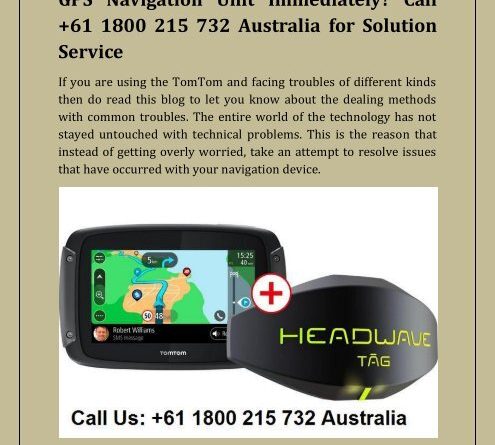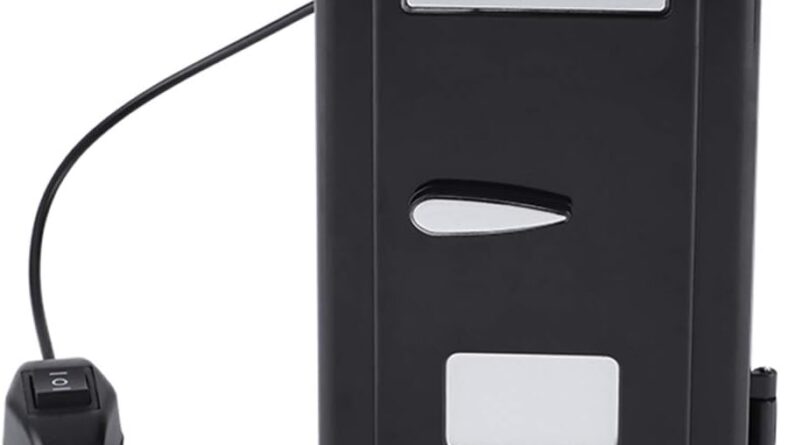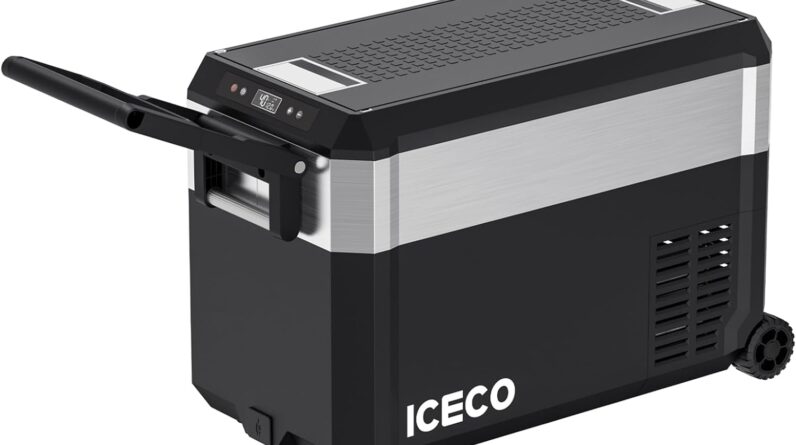
Have you ever found yourself frustrated with your GPS device not working properly? In this article, you will learn how to troubleshoot common issues that may arise with your GPS device. From signal problems to incorrect directions, we’ve got you covered! Get ready to say goodbye to navigation headaches and hello to smooth sailing with your GPS device.
How to Troubleshoot Common GPS Device Issues

This image is property of www.wikihow.com.
GPS Device Not Turning On
If your GPS device is not turning on, there are a few troubleshooting steps you can try. The first step is to check the battery. Ensure that the battery is properly charged or try replacing it with a fully charged one. If the battery is not the issue, you can try resetting the device by holding down the power button for a few seconds. If neither of these steps work, check the power cable to make sure it is securely connected to both the device and the power source.
GPS Device Not Acquiring Signal
If your GPS device is having trouble acquiring a signal, there are a few things you can check. First, ensure that the device is in an open area with a clear view of the sky. Buildings, trees, and other structures can interfere with satellite signals. Additionally, check the satellite signal strength on your device. If the signal strength is weak, try moving to a different location or adjusting the device’s antenna. Finally, consider updating the GPS software on your device. Manufacturers often release software updates that can improve signal acquisition.

This image is property of www.wikihow.com.
Inaccurate GPS Location
If your GPS device is providing inaccurate location information, there are a few troubleshooting steps you can take. First, ensure that GPS is enabled on the device. On most devices, this can be done through the settings menu. If GPS is already enabled, you can try calibrating the GPS. This can usually be done through the device’s settings or through a specific GPS calibration app. Finally, verify that the software you are using is compatible with your device. Incompatibility issues can sometimes lead to inaccurate location data.
Slow GPS Performance
If your GPS device is performing slowly, there are a few things you can do to improve its speed. First, try clearing the GPS cache on your device. This can help remove any temporary files or data that may be slowing down the GPS. Additionally, turn off any unnecessary apps that are running in the background. These apps can consume device resources and impact GPS performance. Finally, consider updating the GPS maps on your device. Outdated maps can sometimes lead to slower performance.

This image is property of www.wikihow.com.
GPS Device Not Connecting to Computer
If your GPS device is not connecting to your computer, there are a few troubleshooting steps you can try. First, check the USB cable connection. Ensure that the cable is securely connected to both the GPS device and the computer. If the connection is loose or damaged, try using a different cable. Additionally, check if any necessary drivers need to be installed on your computer. Some GPS devices require specific drivers for proper connection. If all else fails, try using a different USB port on your computer.
GPS Device Freezing or Crashing
If your GPS device is freezing or crashing, there are a few steps you can take to resolve the issue. The first step is to restart the device. This can help clear any temporary issues that may be causing the freezing or crashing. If restarting the device does not work, consider updating the firmware. Manufacturers often release firmware updates that can address software bugs and improve device stability. Finally, check if there are any unnecessary files or apps on your device that could be causing performance issues. Removing these files or apps can help improve the device’s stability.

This image is property of www.wikihow.com.
GPS Device Not Charging
If your GPS device is not charging, there are a few things you can check. First, ensure that the power source you are using is functioning properly. Try plugging the device into a different power outlet or using a different charging source, such as a computer. Additionally, inspect the charging cable for any visible damage. A damaged cable can prevent the device from charging properly. Finally, try resetting the device by holding down the power button for a few seconds. This can sometimes resolve charging issues.
No Sound or Audio Issues
If your GPS device is not producing sound or experiencing audio issues, there are a few troubleshooting steps you can try. First, adjust the volume settings on your device. Ensure that the volume is not muted or set to a very low level. Additionally, check if the device is in mute or silent mode. If it is, disable mute or silent mode to allow for sound output. Finally, check the audio output settings on your device. Ensure that the correct audio output is selected and that any external audio devices are properly connected.

This image is property of img.yumpu.com.
GPS Device Not Syncing with Mobile App
If your GPS device is not syncing with a mobile app, there are a few things you can check. First, verify that the Bluetooth connection between your device and the mobile app is established. Ensure that both devices are paired and connected properly. If the devices are already connected, try updating the mobile app to the latest version. App updates often include bug fixes and improvements that can enhance device syncing. Finally, check if your device and the mobile app are compatible with each other. Incompatibility can sometimes result in syncing issues.
GPS Device Screen Not Responding
If your GPS device’s screen is not responding, there are a few troubleshooting steps you can try. First, clean the screen using a soft, lint-free cloth. Accumulated dirt or debris can sometimes interfere with touch screen functionality. If cleaning the screen does not work, restart the device. This can help clear any temporary software issues that may be causing the unresponsiveness. Finally, check for any physical damage on the screen. Cracks or other damage may require professional repair or replacement of the screen.
By following these troubleshooting steps, you can effectively address common GPS device issues and ensure smooth and accurate navigation. Remember to refer to your device’s user manual or contact the manufacturer’s customer support if you need further assistance.






